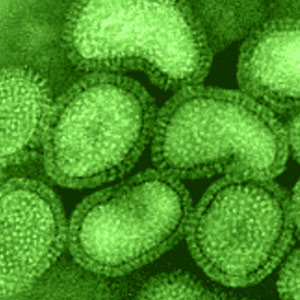Breastfeeding Concerns
A baby nursing at a mother’s breast… is an undeniable affirmation of our rootedness in nature. ~David Suzuki
This post continues where the previous left off. Let’s say you want to breastfeed, but you have encountered a few problems. The most common issues women face in breastfeed involve getting the baby to latch correctly. If your baby is not latching, you may have problems with milk production, sore nipples and mastitis.
Take a look at the image above and learn the different parts of your breast. In order to prevent nursing problems for both baby and mother, the baby’s mouth has to be wide open and needs to encompass the milk ducts, not just the nipple opening. If the baby’s lips cover the entire or majority of the areola, generally this is a correct latch. When the baby is latched correctly, it is difficult to pull the baby off the breast until baby is finished sucking.
Maternal concerns:
What is a Sore Nipple?
- Shooting or stabbing pains in nipple when baby tries to latch on.
- Usually occurs 1-2 weeks after birth
- Sometimes a small crack or cut plus some bleeding is seen on nipple tip
If you develop Sore Nipples:
- Reposition baby so that mouth is covering areola (as mentioned above)
- Do not pull baby away without breaking the suction
- Do not allow baby to twist or pull nipples
- Feed baby before he/she is starving
- Make sure nipple is dry between feedings
- For the pain, mother may use ice cube or cold pack on nipple after feeding, may take Ibuprofen or can use lanolin cream/breast milk to moisturize and soothe sore nipple
What is an Engorged Breast?
- A full tender breast and sometimes tenderness extends to underarm area
- Can occur in one or both breasts
- Sometimes is associated with low-grade fevers
- Nipple and breast are swollen and baby has difficulty latching on
- Usually experienced in the first week after birth when milk “let-down” occurs
If you have Engorged Breasts:
- Feed baby early (as soon as he/she looks around with open mouth)
- Position properly (as noted before)
- Can express or pump breasts before feeding baby to soften the breast and relieve pressure
- Massage breasts and use warm compresses or warm water in shower to soften breasts
What is Mastitis?
- A tender, red swelling in one area of the breast
- High fevers
- Fatigue and muscle pains
- Can occur after a history of a cracked nipple or engorgement, but it also may occur suddenly without a history of problems
If you have Mastitis:
- Continue to breastfeed your baby, especially on the affected breast
- Drink and eat well; it is important to continue your hydration
- Tylenol or Motrin for pain and fever is ok to use
- Pump breast or express milk on the tender side at least 4 times a day in addition to regular feedings
- Contact your obstetrician for an antibiotic prescription
Baby concerns:
Nasal Congestion
- May affect one or both nostrils and will cause baby to have breathing problems when eating. Also affects a formula fed baby, but more often causes problems in breastfed babies
- See if baby latches better to one breast versus the other and use saline drops 2-3x/day with nasal suction to decongest baby.
Tongue-Tie
- Is an abnormally short frenulum, inserting at or near the tip of the tongue
- May prevent baby from projecting tongue out enough to exert pressure on milk ducts.
- Can cause early frustration for baby, causing him/her to reject breast
- Can be easily eliminated by getting a dentist or oral surgeon to clip the frenulum (tie)
Oral Thrush
- Caused by a yeast infection (not abnormal in infants)
- May cause baby to feel pain with eating
- Mothers may see red, cracked nipples at same time
- Easily treated with an antifugal medicine prescribed by a pediatrician
For more info and help with breastfeeding, check out the following websites:
- www.babycenter.com/breastfeeding–problem-solver
- http://www.babycentre.co.uk/c545887/breastfeeding-problems-and-solutions
- http://www.healthychildren.org/English/ages-stages/baby/breastfeeding/Pages/Warning-Signs-of-Breastfeeding-Problems.aspx







